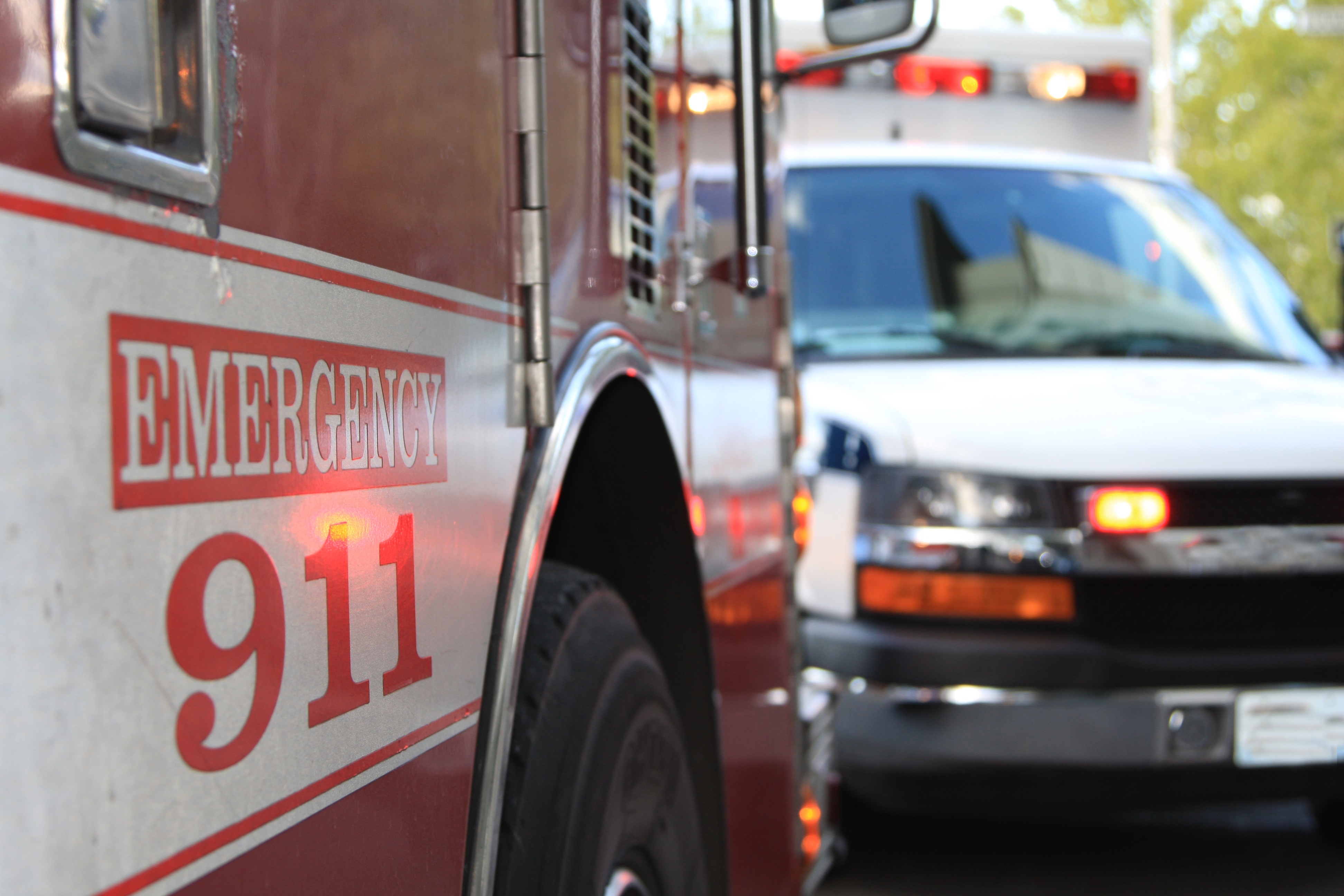Post-overdose referrals to treatment to increase after EMS legal representation examines lawful cross-agency data sharing
 EMS legal representation has determined that EMS post-overdose referrals are allowable without patient consent, after the Wayne State School of Social Work Center for Behavioral Health and Justice (CBHJ) recently explored the issue of cross-agency data sharing. The recent legal decision allows CBHJ programs in Kent and Monroe counties to drastically increase incoming referrals from EMS agencies, and this new EMS referral pathway could create a new paradigm for overdose response if efforts are replicated across the state.
EMS legal representation has determined that EMS post-overdose referrals are allowable without patient consent, after the Wayne State School of Social Work Center for Behavioral Health and Justice (CBHJ) recently explored the issue of cross-agency data sharing. The recent legal decision allows CBHJ programs in Kent and Monroe counties to drastically increase incoming referrals from EMS agencies, and this new EMS referral pathway could create a new paradigm for overdose response if efforts are replicated across the state.
Drug overdose is one of the leading causes of unintentional deaths in America, and opioid use disorders drive the overdose epidemic. Those who suffer an initial opioid overdose are 15 times more likely to experience another. A call to 911 dispatch can trigger an emergency response to reverse the initial overdose, but efforts have fallen short to link these individuals into follow-up treatment or services to prevent the next one. In Proactive Response to Overdose and Appropriate Connections to Treatment (PROACT) programs, first responder agencies refer overdose victims to treatment providers who can meet the individuals where they are: at the incident location, their homes or the emergency department. EMS agencies treat far more overdose patients than law enforcement agencies or fire departments do, and the treatment providers are seeing tenfold increases in referred patients. A proactive treatment response can engage high-risk individuals at early stages of change who may not have sought treatment on their own.
PROACT programs require a nuanced understanding of HIPAA, 42 CFR Part 2, and the Michigan Mental Health Code to enable referrals of protected health information to treatment partners. Yet, recent research shows that data sharing laws are not well understood, even among health care providers. Agencies tend to err on the side of caution and restrict access to patient records, even when sharing would be permissible. Legal misunderstandings limit case coordination and inhibit patient care. If first responders do not refer names, addresses, and contact info, treatment providers do not know who overdosed or where to meet them.

Through facilitation from the CBHJ, an EMS legal representative recently ruled that EMS post-overdose referrals are allowable without patient consent. EMS agencies are not federally assisted, and they do not hold themselves out as substance use treatment providers, so 42 CFR Part 2 does not apply. HIPAA allows disclosures for the purpose of treatment activities of a health care provider [45 CFR 164.506 (c) (2)]. Referrals to Community Mental Health organizations enable an additional layer of legal protection, as disclosures are allowable to public health authorities for the purpose of preventing injury [45 CFR 164.512 (b)(1)(i)]. The Michigan Mental Health Code permits disclosures to agencies for coordination of care [MCL 330.1748 (7) (b)], or if there is a compelling need for disclosure based upon a substantial probability of harm [MCL 330.1748 (7) (d)]. As initial overdoses drastically increase the risk of subsequent overdoses, victims face a substantial probability of harm. Moreover, researchers are permitted to receive identifiable data for research, audit, or evaluation purposes under HIPAA [45 CFR 164.512 (i)(1)], Part 2 [2 CFR 2.52], and the Michigan Mental Health Code [MCL 330.1263].
Learn more about the Opioid Treatment Ecosystem and PROACT by visiting our website or contact us for more information.
About the Center for Behavioral Health and Justice: The Center for Behavioral Health and Justice in Wayne State University's School of Social Work envisions communities in which research, data, and best practices are used by multiple stakeholders to enhance the optimal well-being of individuals with mental illness and/or substance use disorders who come into contact with the criminal/legal system. Learn more